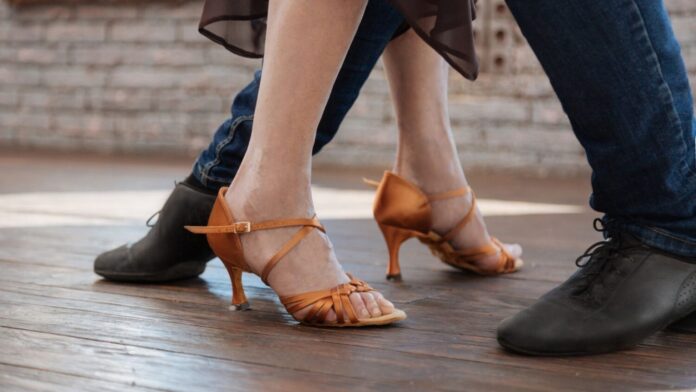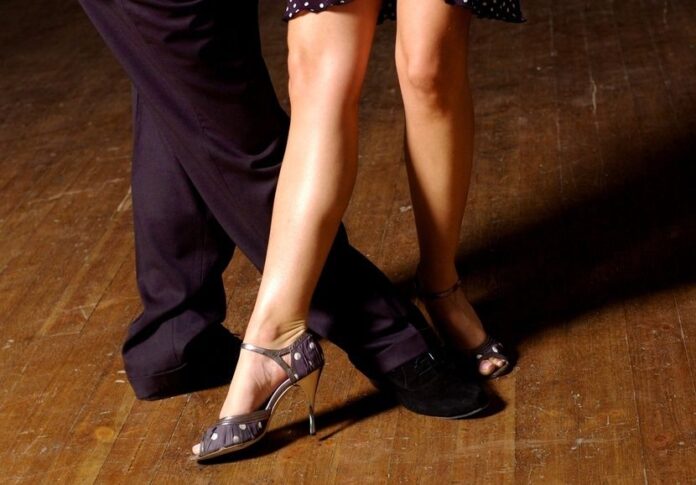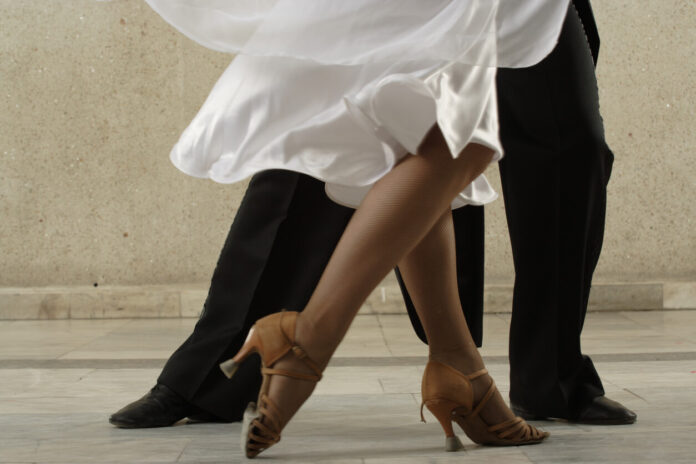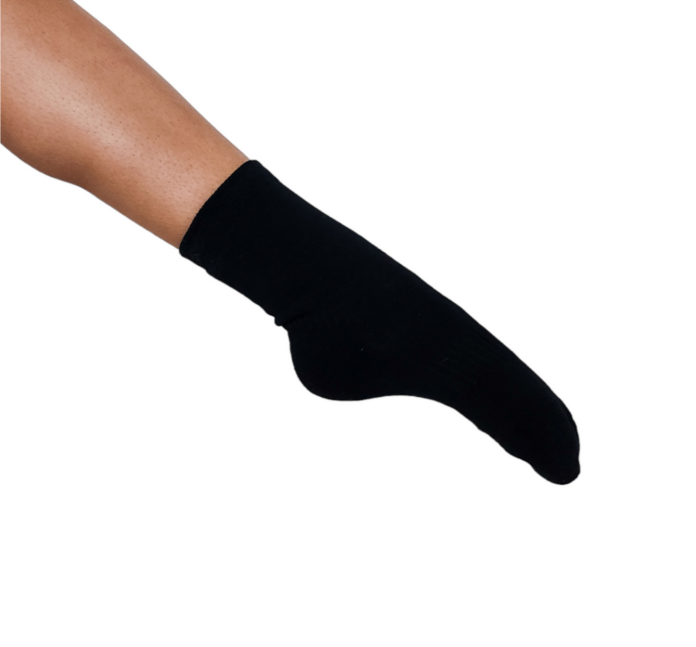
Ballroom dancing is a delightful blend of grace, rhythm, and style. As a beginner, choosing the right pair of dance shoes can significantly impact your performance and enjoyment. This guide will walk you through everything you need to know about selecting ballroom dance shoes that perfectly suit your needs.
Types of Shoes

Different styles of ballroom dancing require different types of shoes. Here are the main categories:
Standard/Smooth Shoes
- Men: usually come with a low heel and are designed to provide a sleek look while offering support for smooth movements. They often feature a classic black leather finish, making them suitable for formal dance events. The low heel helps in maintaining balance and executing smooth gliding steps.
- Women: womens ballroom dance shoes often have a closed toe and a slightly higher heel to enhance posture and balance. The closed toe design offers protection to the toes, while the higher heel accentuates the lines of the leg. These are designed to provide stability and support for smooth, flowing movements.
Latin/Rhythm Shoes
- Men: Feature a higher heel (around 1.5-2 inches) to aid in the sharp, rhythmic movements of Latin dances. The higher heel helps in emphasizing the hip movements characteristic of Latin dances. These often have a more flexible sole to accommodate the fast-paced footwork.
- Women: Typically have an open toe and a higher heel (2-3 inches) to allow for greater flexibility and style. The open toe design helps in executing precise toe points and extensions. Higher heels enhance the leg line and provide the necessary support for sharp, quick movements.
Practice Shoes
- Unisex: Comfortable and durable, practice shoes are designed for long practice sessions. They usually have a lower heel and more cushioning. Practice shoes often feature a more robust construction to withstand the rigors of frequent use. They provide excellent support and comfort, making them ideal for extended practice periods.
Key Features to Look for

When shopping for your first pair of ballroom dance shoes, consider these key features:
Material
The material of your dance shoes affects both comfort and performance. Leather and satin are the most common materials.
- Leather: Durable and provides a good grip on the floor. It molds to the shape of your foot over time, offering a custom fit. Leather is also breathable, which helps in keeping your feet cool during intense practice sessions.
- Satin: Offers a more elegant appearance and can be dyed to match your outfit. Satin shoes are often used for competitive dancing due to their sleek look. However, they may require more care to maintain their appearance.
Sole
The sole of your dance shoe is crucial. Suede soles are the most popular choice for ballroom dancing.
- Suede Soles: Provide the right amount of slip and grip, allowing for smooth turns and controlled movements. They are ideal for various dance surfaces and can be maintained with a suede brush. Suede soles also offer a comfortable feel, making them a favorite among dancers.
- Leather Soles: More durable but can be slippery on certain floors. They are often preferred by advanced dancers who need a faster slide. Leather soles require regular maintenance to keep them in good condition and prevent excessive slipping.
Heel Height
Heel height is a matter of personal preference and dance style. Beginners should start with a lower heel to maintain balance and stability.
- Low Heels (1-2 inches): Ideal for beginners as they offer more stability. They help you get accustomed to dancing in heels without compromising your balance. Low heels also reduce the strain on your feet and legs during practice.
- Higher Heels (2-3 inches): Suitable for experienced dancers looking for enhanced style and movement. They can accentuate your posture and make your movements look more graceful. However, they require more skill to dance in and may take some getting used to.
Fit
A proper fit is non-negotiable. Dance shoes should fit snugly but not too tight. They will stretch slightly over time, so ensure they are not overly loose when you first try them on.
- Snug Fit: Prevents your foot from sliding inside the shoe. This helps maintain control over your movements and reduces the risk of blisters. A snug fit also enhances the overall comfort of the shoe.
- Adjustable Straps: Look for shoes with straps or laces that can be adjusted for a better fit. This allows you to customize the fit according to your foot shape and size. Adjustable straps also provide added security, ensuring the shoes stay in place during dancing.
Tips for Trying on Dance Shoes

Trying on dance shoes is different from trying on regular ones. Here are some tips to ensure you get the perfect fit:
Time of Day
Feet tend to swell throughout the day, so try on shoes in the late afternoon or evening to ensure they will be comfortable during long dance sessions. This helps in getting a more accurate fit, preventing them from feeling too tight later on. Trying on shoes at this time can save you from discomfort during extended use.
Bring Your Dance Socks

Wear the socks or tights you plan to dance in when trying on shoes. This will give you a more accurate fit. The thickness of the socks can affect how the shoes fit, so it’s essential to try them on with the same socks you will wear while dancing. This ensures a better fit and more comfort during dancing.
Test the Fit
Walk around, do a few basic dance moves, and see how the shoes feel. They should be snug but not painful. Ensure there is no slipping at the heel or pinching at the toes. A well-fitted shoe will enhance your performance and comfort. Testing the fit with actual dance movements helps in assessing the suitability of the shoes for dancing.
Check the Flexibility
Bend the shoes to check their flexibility. They should bend easily at the ball of the foot but remain supportive. Flexible shoes allow for better movement and control while dancing. However, they should still provide enough support to prevent injuries. Checking the flexibility ensures the shoes are appropriate for the dynamic movements of ballroom dancing.
In Summary
By considering factors like material, sole type, heel height, and fit, you can find a pair that enhances your performance and keeps you comfortable.





